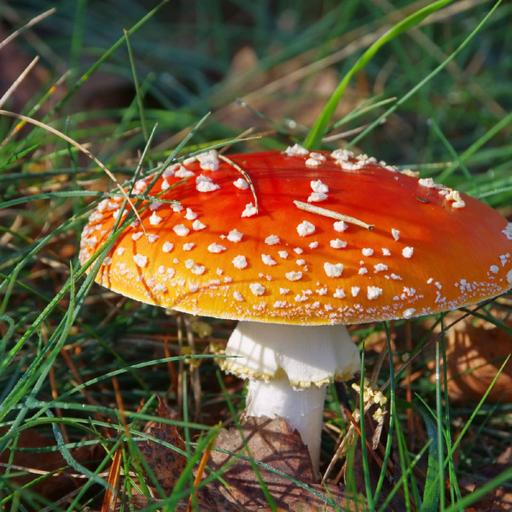Poisonous Plants
Presentations | English
Everything is essential for the balance of nature. Excessive use of some poisonous plants, such as nectar and poison ivy, can have the opposite effect. It has no problems in itself and can have toxic effects when combined with something contradictory. But not all of this applies to everyone. It is also a fact that many things that are harmful to human beings in general are used by other living beings in nature for sustenance. Toxins are plants that produce toxins. Since plants do not have the ability to move to escape from plants, this must be a way for them to protect themselves from animals. Some plants have physical resistance, such as thorns and thistles, but the most common type of protection is chemical. Over the millennia, plants have devised ways to build a wide and complex range of chemical compounds to avoid plant protection through the process of natural selection. For example, in the evolutionary history of plants, tannin is a relatively straightforward immune compound. More complex molecules, such as polyacetylene, are found in plants such as asteroids. Many of the known plant compounds are primarily resistant to insect consumption, and other animals, including humans, who eat such plants can have adverse effects, ranging from mild illness to death. Nerium Oleander, Water Hemlock, Abrus Precatorius, Atropa Belladonna, Castor Oil Plant, Taxus Baccata etc are the major toxins.

24.50
Lumens
PPTX (49 Slides)
Poisonous Plants
Presentations | English
